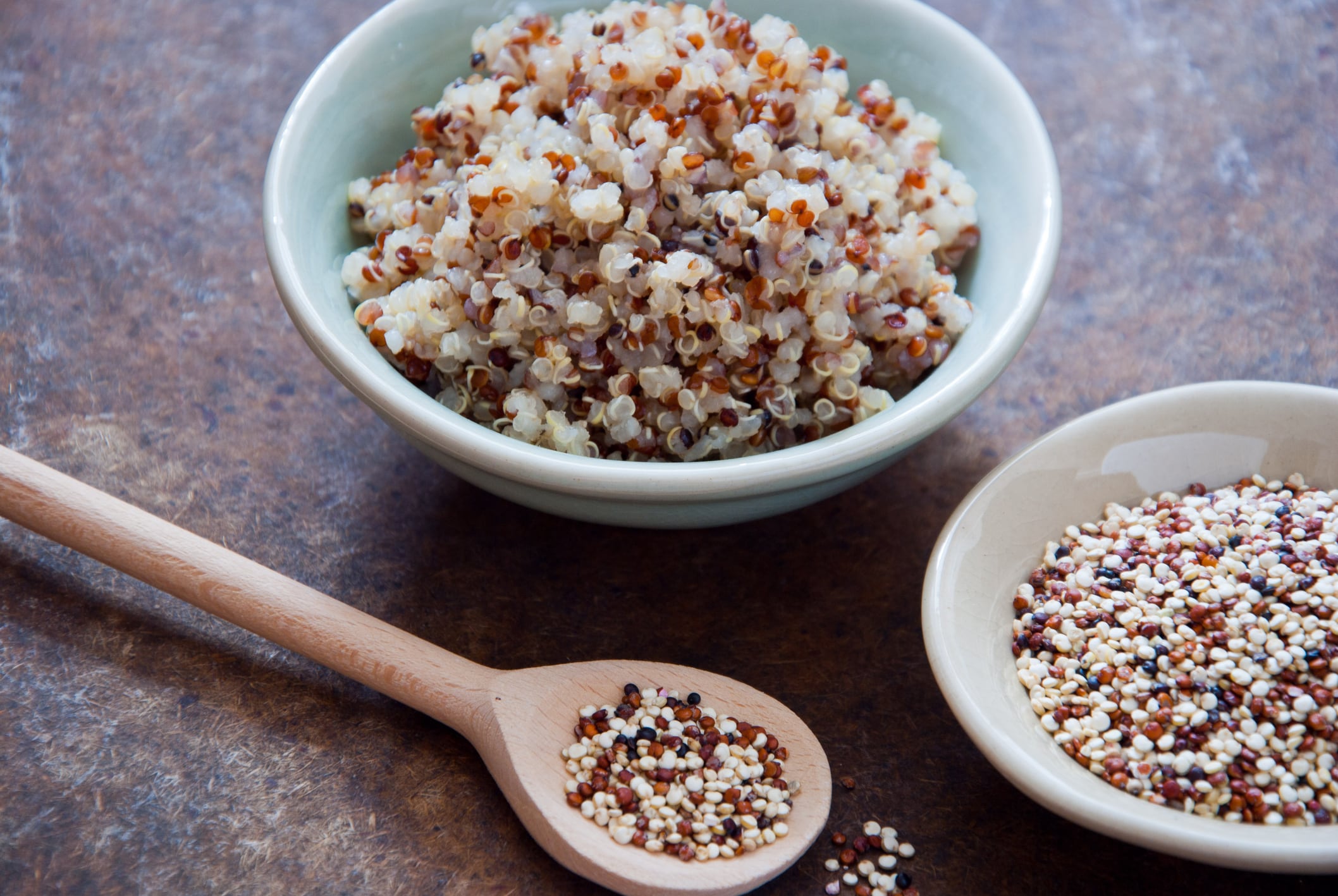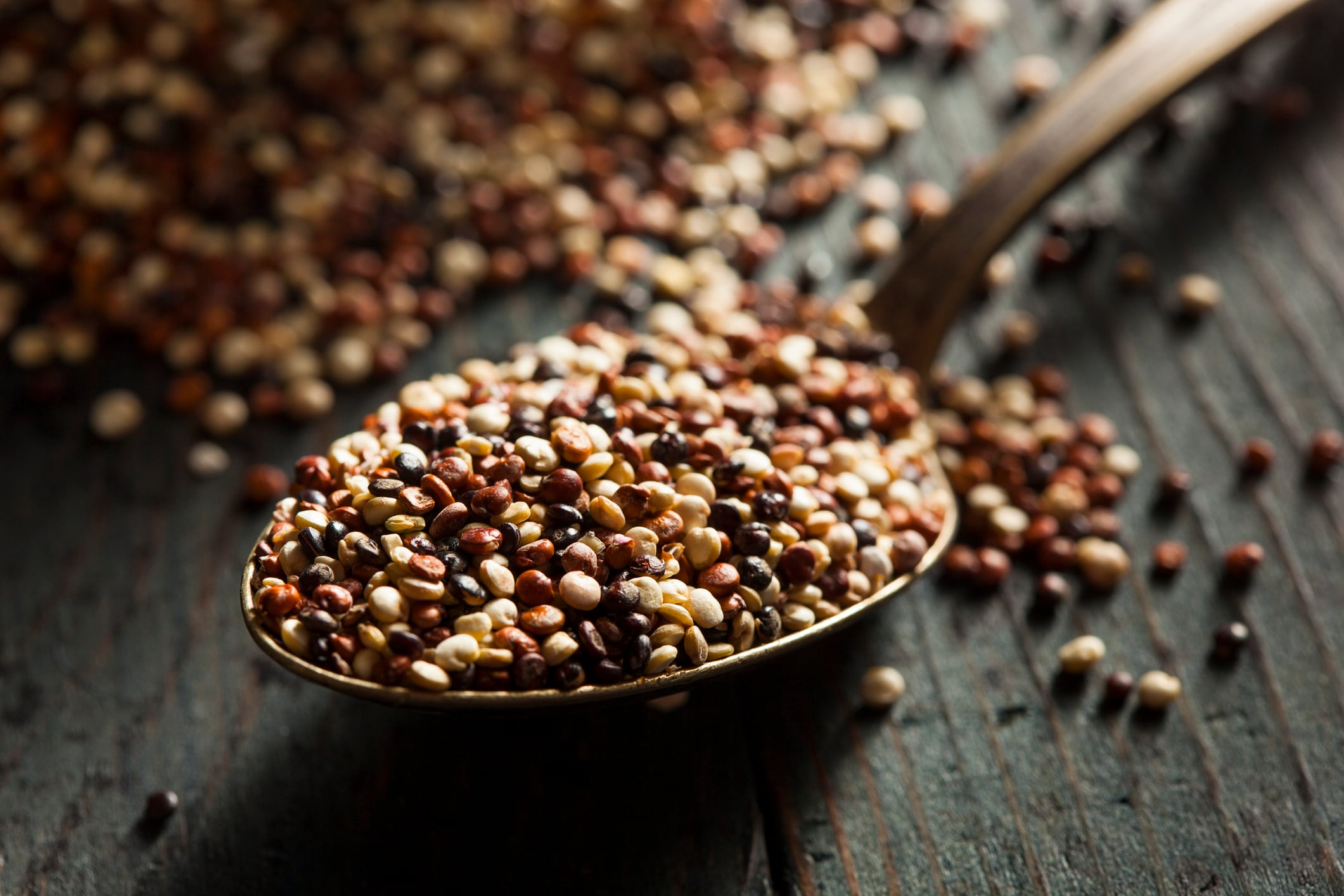Scientists from South Korea used Rhizopus oligosporus - a fungus used to produce special fermented soybean products like Indonesia teampeh – to ferment quinoa (Chenopodium quinoa)
“These [antioxidant and anti-inflammatory] activities may be due to presence of phenolic compounds, flavonoids and the other products produced during fermentation by R. oligosporus,” wrote the scientists in the journal AMB Express.
“Although the 3rd day fermentation revealed optimal conditions to produce l-carnitine and GABA [gamma-aminobutyric acid], the 5-day fermented quinoa extract had higher TPC [total phenolic content], TFC [total flavonoid content], antioxidant activity and improved reduction in inflammation than regular quinoa extract. I
“n this regard, fermented quinoa can be used as a healthy and valuable food product.”
Traditional use
The data may provide a new use for quinoa, which has been cultivated in Latin America for many thousands of years. The ‘pseudo-cereal” is traditionally cooked in salads, soups, porridges, and stews.
“Quinoa are found in forms of flakes, grains, and flours and have increasingly become incorporated into products such as noodles and energy bars. Recent developments of quinoa flour in small-scale products include bread, muffins, pasta, snacks, drinks, flakes, baby foods, beer and extrudates,” explained the scientists from Seoul National University.
“In order to improve the functionalities, nutrition values and taste of quinoa, we fermented quinoa grains using R. oligosporus.”
Study details

The results showed that l-carnitine and GABA levels were significantly increased after three and five days of fermentation by R. oligosporus. Specifically, l-carnitine levels increased from 0.13 mg/kg at day zero and to 3.15 mg/kg after three days, and 1.54 mg/kg at five days. Similarly, GABA levels increased from 540 mg/kg at day zero to 1040 mg/kg after three days, and 810 mg/kg at five days.
Increases were also observed for vanillic acid and gallic acid over five days.
Total phenolic contents and total flavonoids contents also increased over the course of the fermentation process, while antioxidant activity in DPPH-radical scavenging activity was enhanced by 36% in the fermented quinoa.
“Anti-inflammatory function of fermented quinoa extract was studied on [mouse macrophages] with LPS-stimulation,” explained the scientists. “Nitric oxide production was inhibited 29.3% for [no fermentation], 38.9 for [three days of fermentation] and 56.4% for [five days of fermentation], resulting in improvement of 192.6% in anti-inflammatory activity.”
Source: AMB Express
2018; 8: 143, doi: 10.1186/s13568-018-0675-3
“Characterization of quinoa (Chenopodium quinoa) fermented by Rhizopus oligosporus and its bioactive properties”
Authors: J. Hur, et al.


